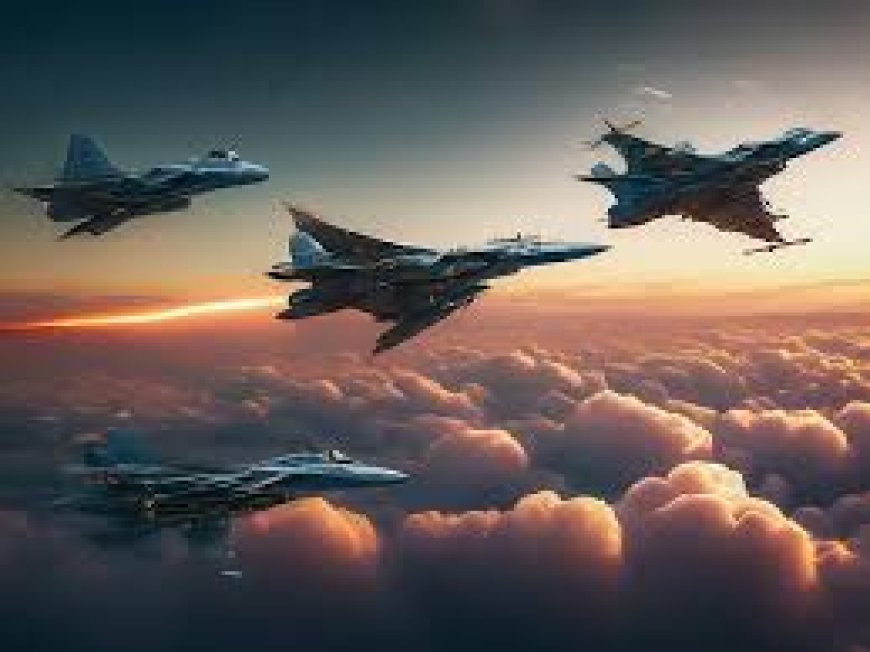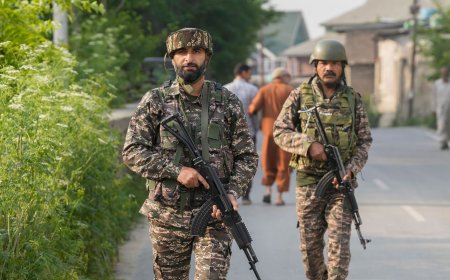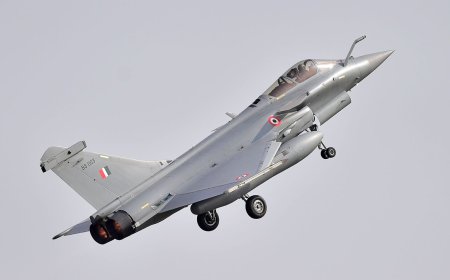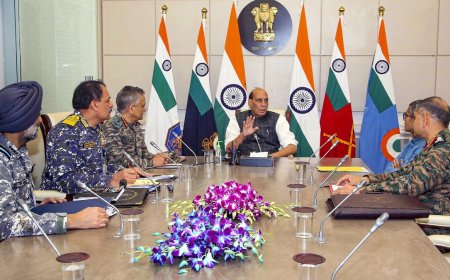India matches West in defence spend by GDP, but lags on investment
India now spends 2% of its GDP on defence, equalling many Western nations. However, capital investment remains low, impacting military modernization and R&D.

India’s Defence Expenditure Nears Western Benchmarks, But Capital Outlay Remains a Concern
India’s defence spending, as a percentage of GDP, has now reached parity with several Western economies, reflecting its commitment to maintaining military readiness amid a complex geopolitical environment. However, analysts warn that a disproportionate share of the expenditure is directed towards operational costs, with capital investments in critical military infrastructure, modernization, and R&D still lagging behind.
Defence Spend at 2% of GDP: A Strategic Threshold
According to the latest figures from the Stockholm International Peace Research Institute (SIPRI) and corroborated by India’s Ministry of Defence, the country’s military expenditure stood at approximately 2% of GDP in FY24. This puts India in line with the NATO recommendation, which calls on member states to spend at least 2% of their GDP on defence.
However, unlike countries such as the United States or the United Kingdom—where capital outlays form a significant part of this budget—India allocates nearly 55–60% of its defence budget towards salaries, pensions, and recurring operational costs.
“Matching the West in terms of overall GDP percentage is commendable, but capital expenditure is the real driver of military modernization,” said Lt Gen (Retd) DS Hooda, former Northern Army Commander. “Without significant investment in R&D, defence manufacturing, and procurement, India risks falling behind in real capabilities.”
Heavy Revenue Spend Hampers Modernization Efforts
Of the ₹6.2 lakh crore earmarked for defence in Budget 2024–25, nearly ₹1.4 lakh crore was allocated to pensions alone. Another ₹2.8 lakh crore is devoted to salaries, maintenance, and logistics. Only about ₹1.7 lakh crore has been set aside for capital outlays, including acquisition of new weapons systems, indigenization programs, and infrastructure.
Comparatively, the U.S. Department of Defense spends more than 30% of its budget on modernization, including investments in artificial intelligence, space technology, cybersecurity, and nuclear modernization.
“India is still focused on legacy platforms, rather than disruptive technologies,” noted Rahul Chaudhury, CEO of Defence Innovators and a retired IAF officer. “While Make in India and iDEX have created momentum, procurement cycles remain lengthy and innovation lacks scale.”
China and Pakistan Drive Spending, But So Does Strategic Ambition
India’s security challenges from neighbours like China and Pakistan continue to drive defence allocations. Incursions in Eastern Ladakh, cross-border terrorism, and the need to modernize ageing fleets across the Army, Navy, and Air Force have kept pressure on New Delhi to maintain a robust budget.
However, India’s aspirations now extend beyond reactive security. As the world’s fifth-largest economy and a Quad member, it seeks a blue-water navy, advanced missile systems, and expanded cyber capabilities to project influence in the Indo-Pacific.
“India’s geopolitical footprint is expanding, and with that, its military posture needs to evolve,” said Dr. Arvind Khosla, senior fellow at the Centre for Strategic Studies. “But that requires long-term capital infusion and a radical shift in defence procurement policy.”
Defence Manufacturing: A Work in Progress
India has taken significant strides toward self-reliance in defence manufacturing through initiatives like Atmanirbhar Bharat and the Defence Production and Export Promotion Policy (DPEPP). Defence exports have risen from ₹1,940 crore in FY15 to ₹16,000 crore in FY24. Yet, imports still constitute a major share of procurement, especially for high-end platforms like fighter jets, submarines, and missile systems.
Additionally, India lacks depth in its private defence ecosystem, with most projects still dominated by public-sector units like HAL, BEL, and DRDO.
“Defence startups are sprouting, but they need capital and clear procurement pathways,” said Vikram Mahajan, a venture capitalist focused on dual-use technologies. “Unlike in the U.S. or Israel, India still doesn’t have a strong military–industrial–academic triangle.”
Investor Outlook: Positive, But Caution Remains
Defence stocks have seen increased interest over the past two years. Companies like HAL, Bharat Dynamics, and BEL have reported strong order books and double-digit returns. HAL’s stock surged more than 80% in FY24, largely driven by increased orders for the Tejas fighter jet and the LUH helicopter.
However, analysts advise investors to be cautious due to the bureaucratic nature of defence contracts, delays in disbursement, and geopolitical risk.
“Defence is a long-gestation theme,” said Ramesh Damani, market expert. “If India increases capital spending consistently and simplifies procurement, it can become a major global player—not just a buyer, but a seller.”
The Road Ahead
To transition from a defence spender to a defence investor, India must rebalance its military budget. That means reducing the pension burden via reforms like the Agnipath scheme, accelerating private sector involvement, and increasing transparency in procurement.
The government’s move to corporatize the Ordnance Factory Board and prioritize indigenous platforms like the Tejas, Arjun, and Akash is promising, but consistent execution remains the key.
As India steps into a more assertive global role, aligning military investment with strategic ambitions is not just necessary—it’s inevitable.
What's Your Reaction?
 Like
0
Like
0
 Dislike
0
Dislike
0
 Love
0
Love
0
 Funny
0
Funny
0
 Angry
0
Angry
0
 Sad
0
Sad
0
 Wow
0
Wow
0












































































